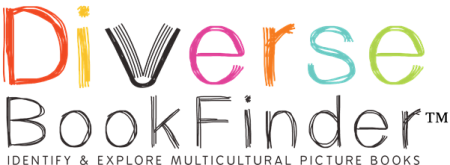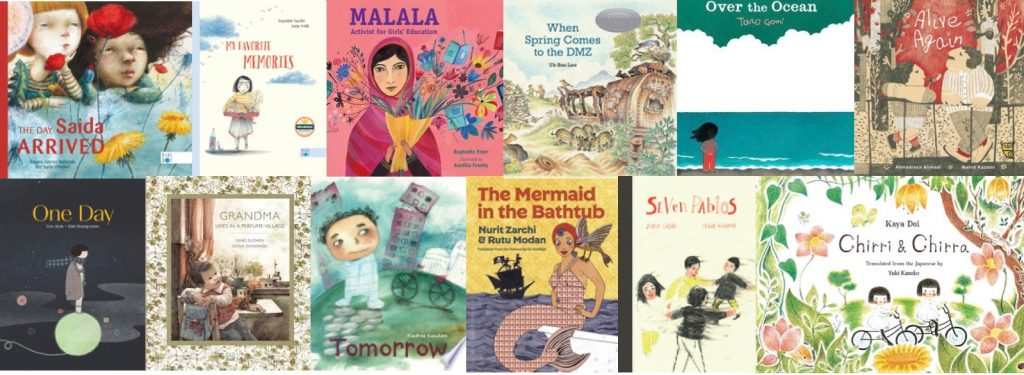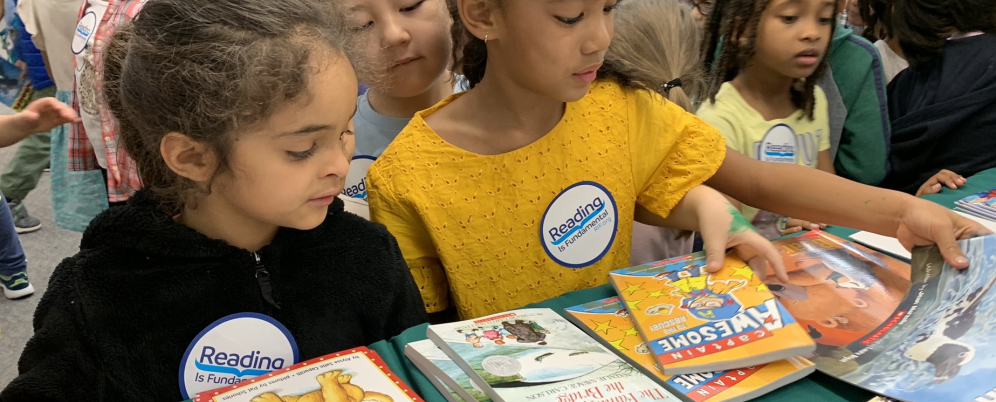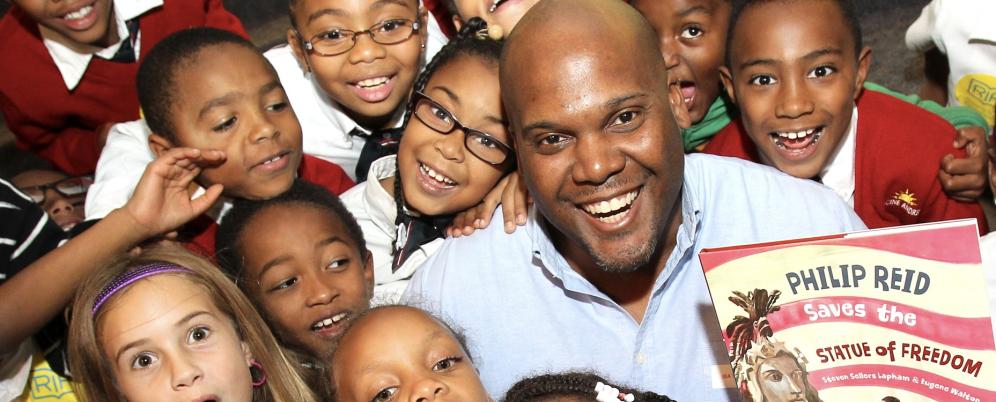That all our children may see themselves reflected: racial & cultural representation in picture books
At Reading Is Fundamental (RIF), we are committed to using the power of books for positive impact and change. As part of our Race, Equity and Inclusion (REI) initiative, RIF is dedicated to empowering children and putting diverse books into their hands and homes. As we kick off Asian American and Pacific Islander (AAPI) Heritage Month, we are excited to bring you this blog post from our friends at Diverse BookFinder. They offer tools and resources to create collections in which all children can see themselves -- and each other -- reflected in the picture books they read. As our nation struggles with ongoing acts of violence and racism, RIF believes it’s important to think about how we represent diversity and inclusion in children’s books and we are pleased to share this blog post from Diverse BookFinder who help educators, parents, and volunteers expand the type of diverse books we share with our children.

You are a librarian, an educator, a parent, an advocate with a commitment to diverse representation in children’s books. The titles you choose for your classroom, your collection, or your list are all highly recommended, critically acclaimed, award winners, and ideally many are #OwnVoices — created by members of the group portrayed.But it’s possible that in developing such a significant and impressive gathering of titles, you might not have noticed that the majority of books about Black characters reference slavery or the civil rights movement. Or that the group of titles with Latinx or Asian characters are mostly culturally specific, thereby inadvertently suggesting foreignness.
Or that most Indigenous characters are living long ago or featured in traditional stories.
We seem to have reached a tipping point in understanding the importance of diverse representation in children’s books. But beyond simply increasing the numbers of books which feature people from non-majority groups, what does accurate and authentic representation of race and culture look like?
This is the question which has animated the work of the Diverse BookFinder (DBF) since its founding six years ago. We’ve built a physical collection of nearly 4000 contemporary picture books featuring characters who are BIPOC (Black, Indigenous, and People of Color), housed at Bates College in Maine, and an online searchable database of that collection. This provides the basis for the DBF’s research analyzing not just who is represented but how. To accomplish this we collect all titles, not just a selection of recommended books.

The foundation of our work is a unique series of nine categories which we developed to capture the content of picture books. We use these categories to advocate for an awareness of the messages that children absorb from different kinds of books, and for balance in representation in a collection.
Our category Beautiful Life describes books with narratives shaped by cultural practices and traditions. Oppression & Resilience stories tell of struggles with discrimination based on group membership. And Any Child titles feature BIPOC children in stories that are not driven by cultural content. These categories (along with Biography, Folklore, Incidental, and Informational) can be used as building blocks to develop a collection — or to expand an existing one — to ensure that the representation of any racial/cultural group is broad and varied, showcasing the full humanity of those who historically have been marginalized, stereotyped, and erased.
In addition, two categories emerged in our research describing kinds of books that people committed to sharing diverse books with children are often looking for. Eleven years ago DBF cofounder and director Dr. Krista Aronson created the Storybook Project, a research study which demonstrated that Cross Group books — those depicting positive interactions across racial differences — could reduce prejudice in children. This melding of the fields of social science and children’s books was the forerunner for the Diverse BookFinder. And our Racial/Cultural Concept category describes books that present ideas — about skin color and features, cultural practices, and other aspects of identity — that can provide the springboard for essential conversations about human differences and similarities.
We welcome you to use our resources — a search of our collection, our Collection Analysis Tool, our data and our blogposts, including highlighted books — to support you in examining your collection, discovering new titles, and diversifying the books that you share with children.
The Diverse BookFinder Team

